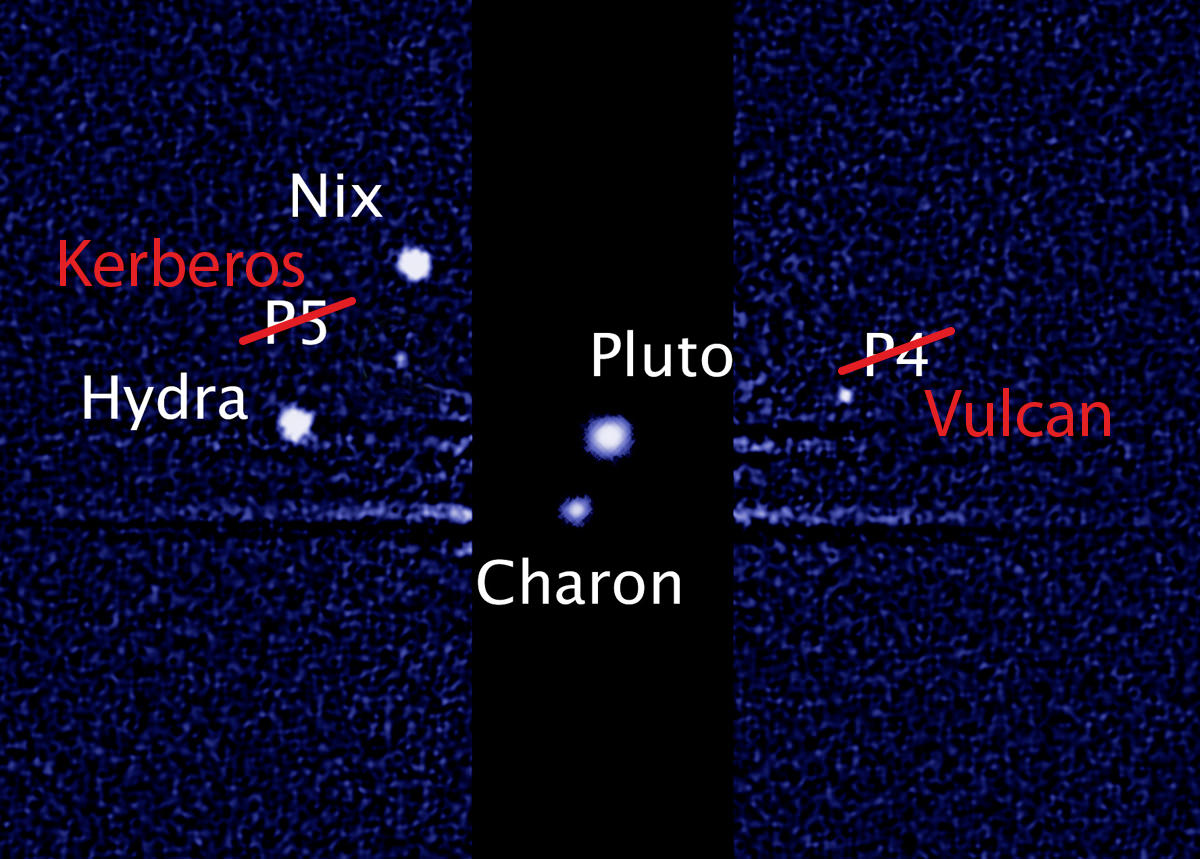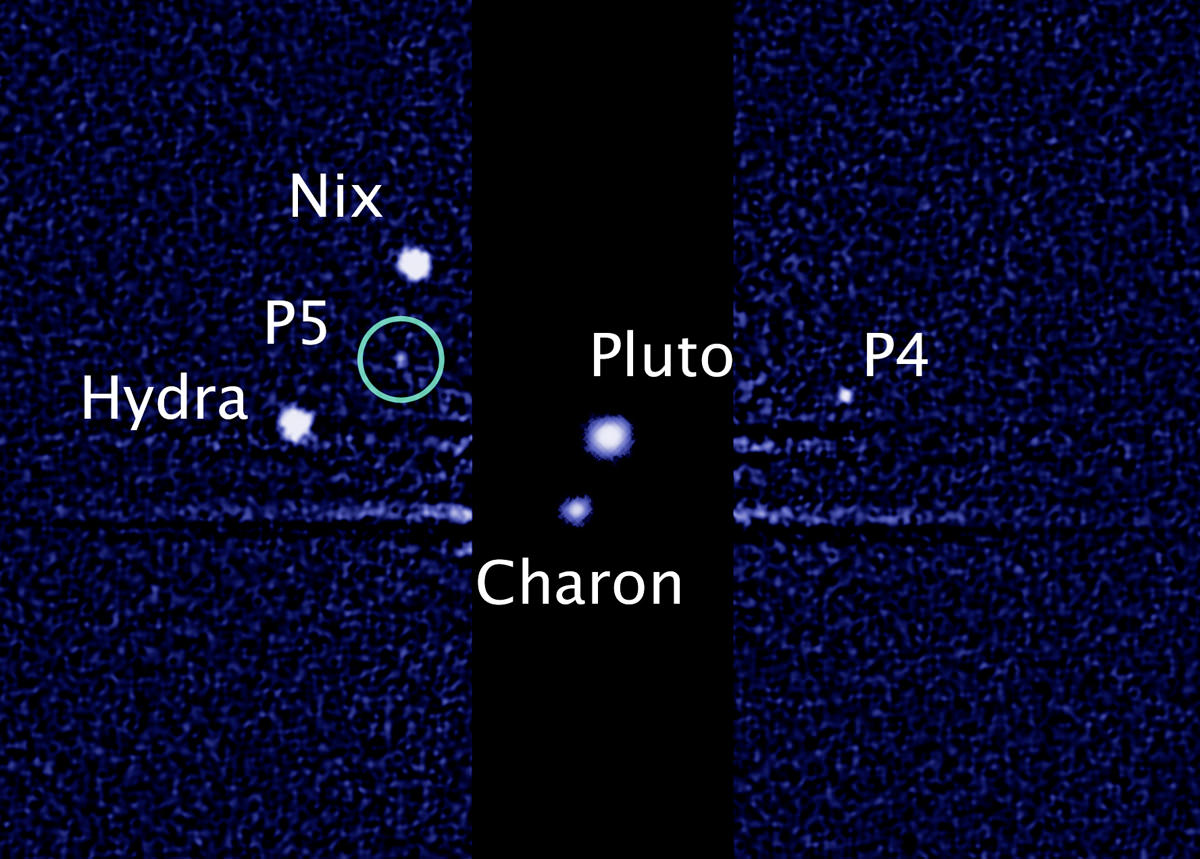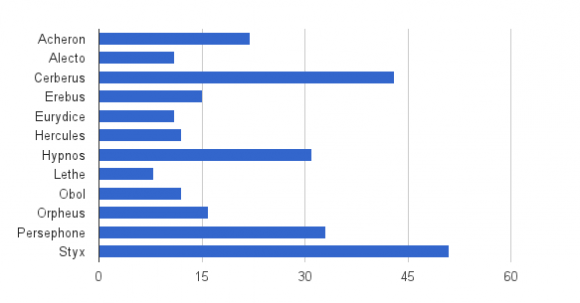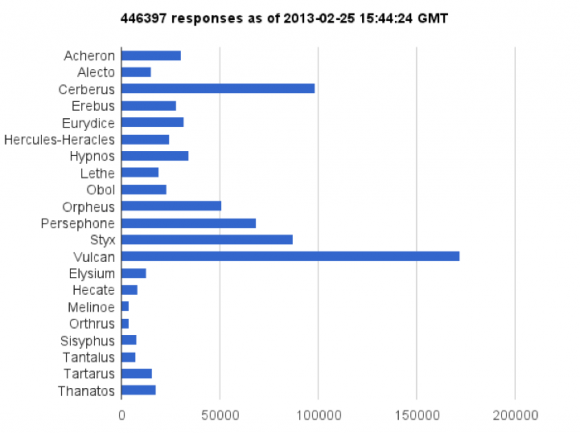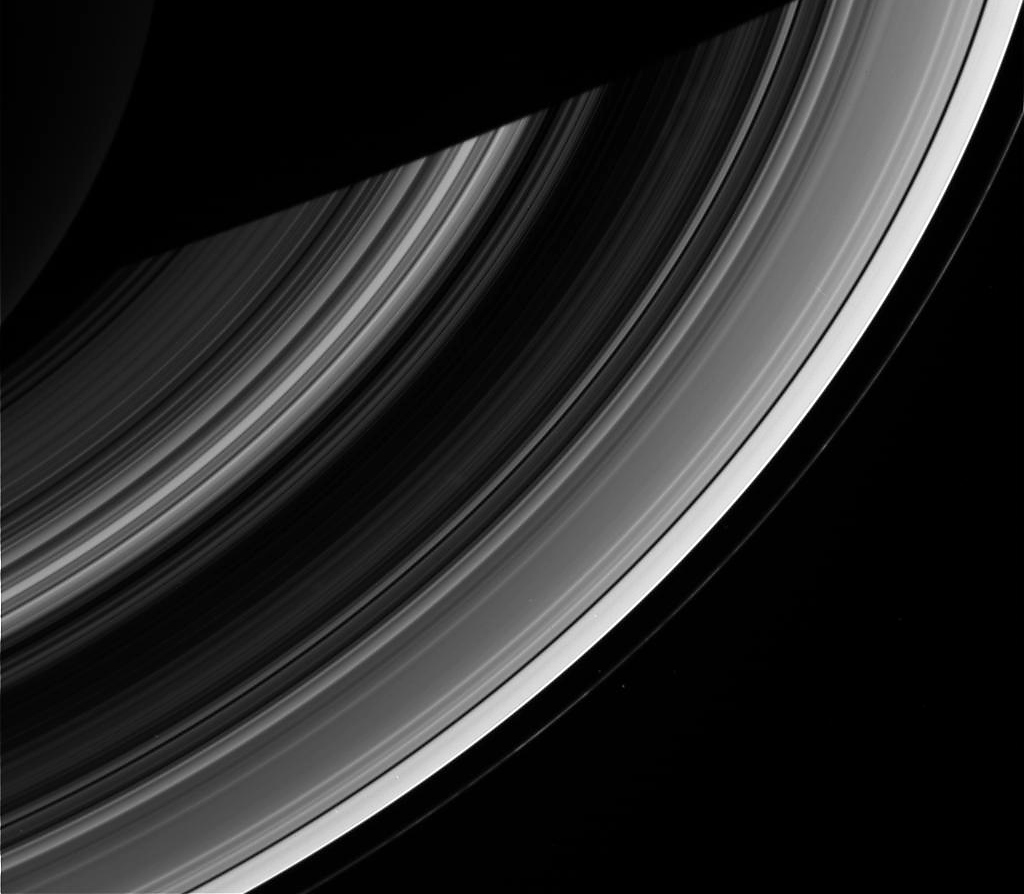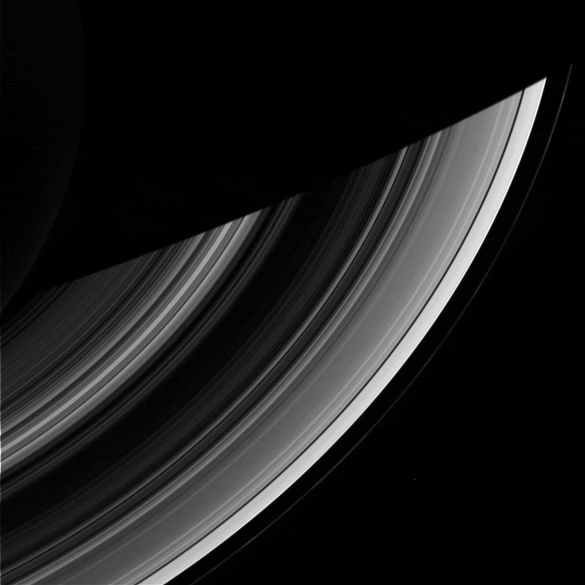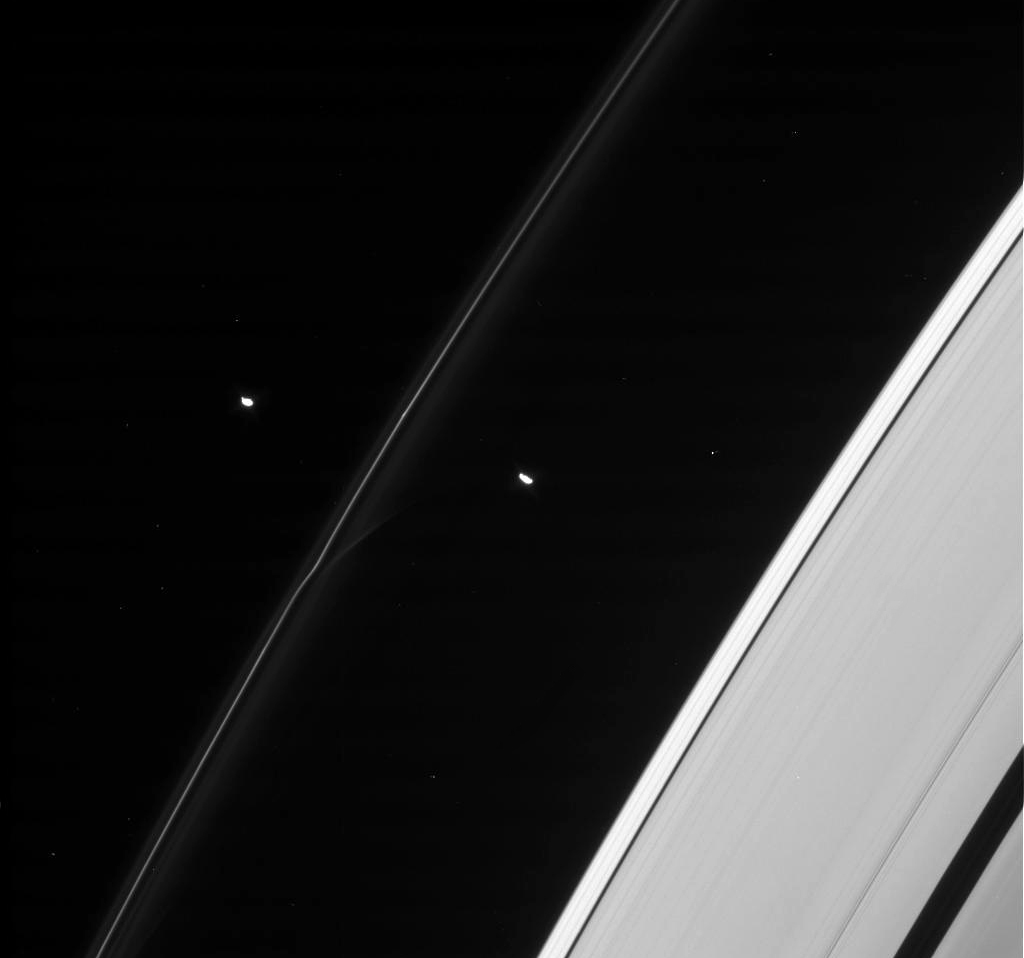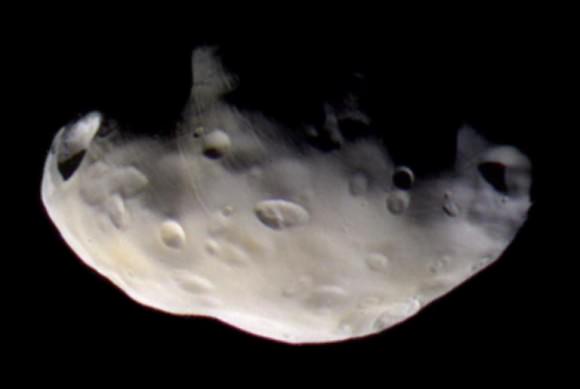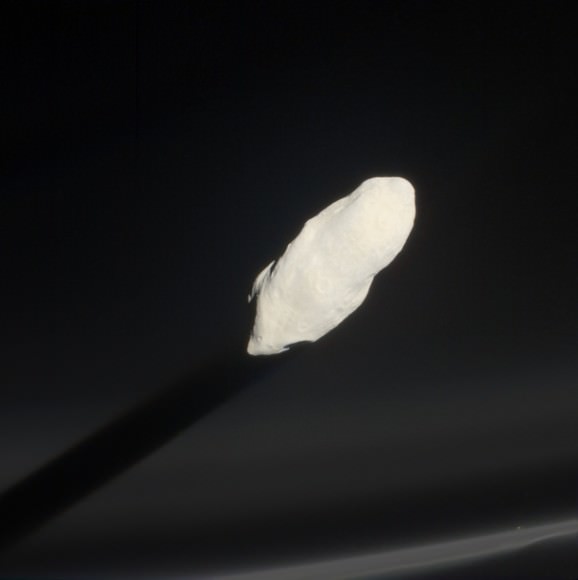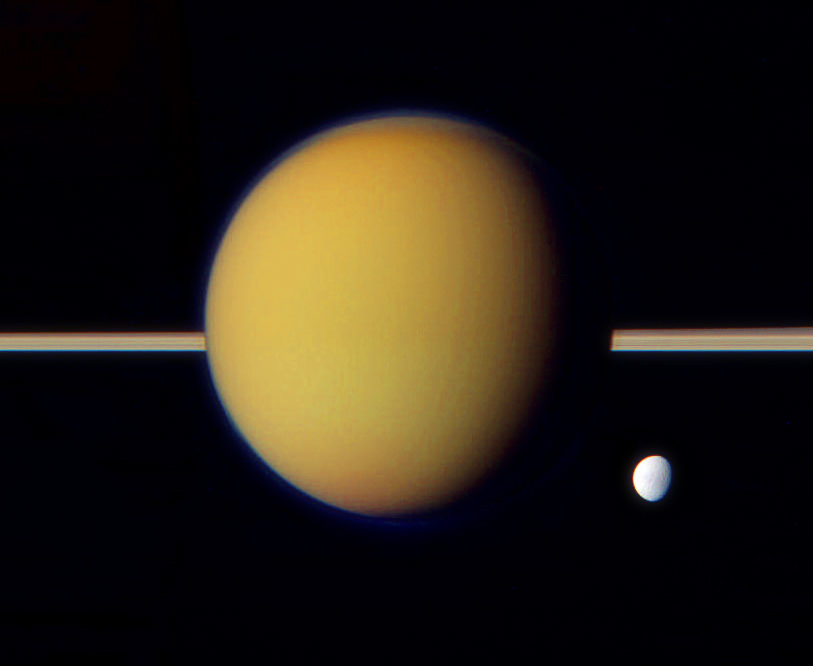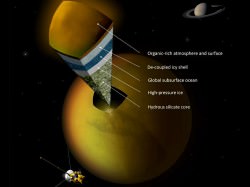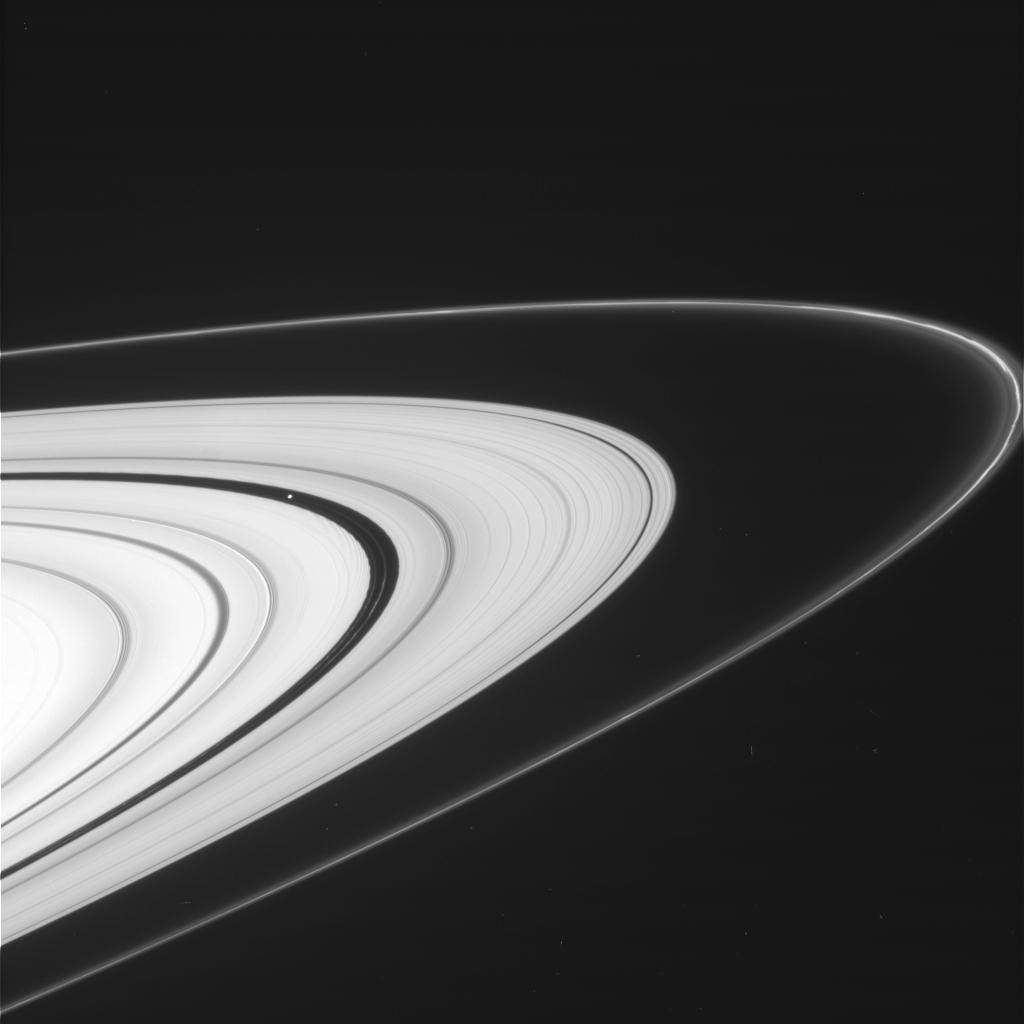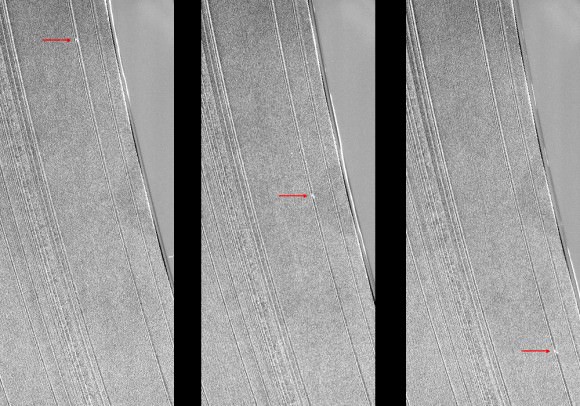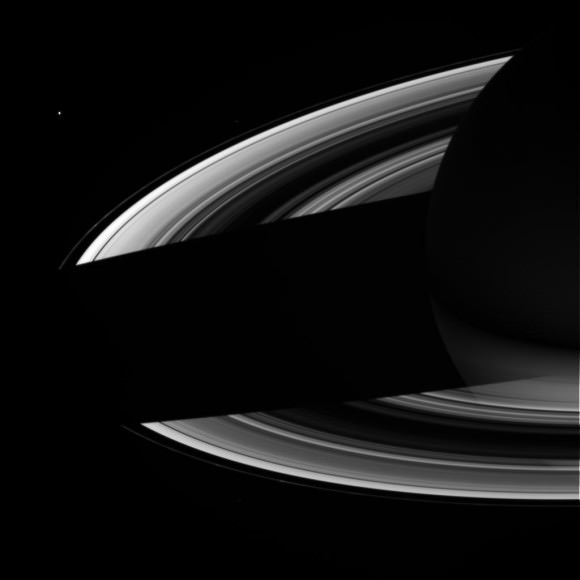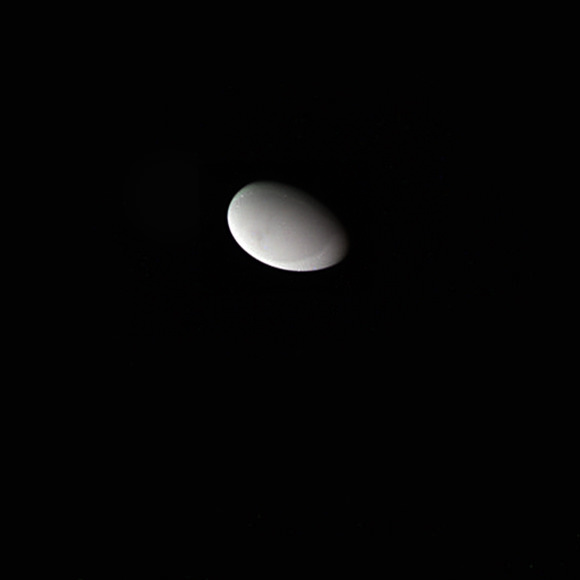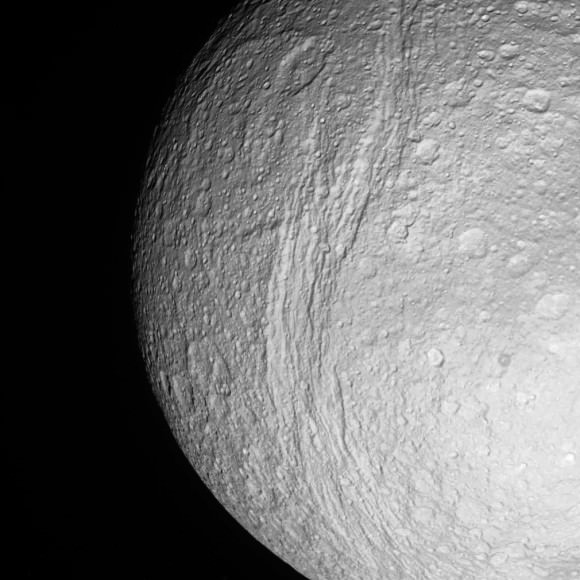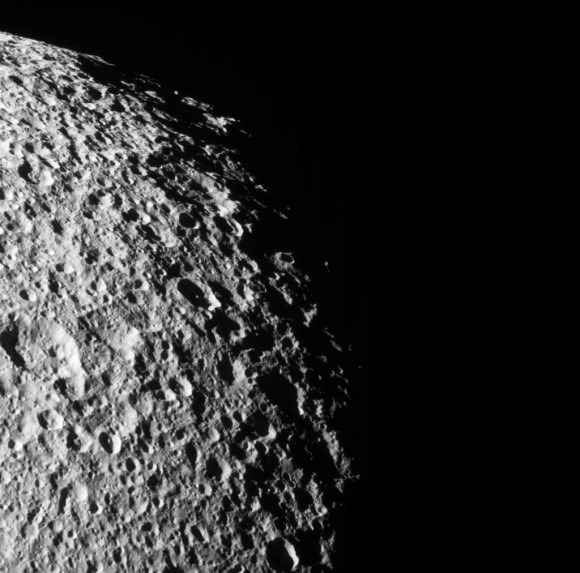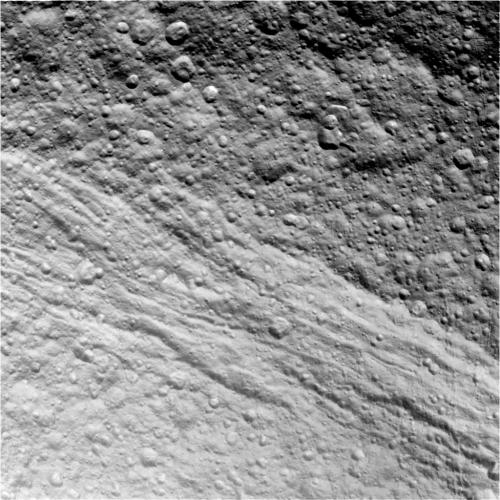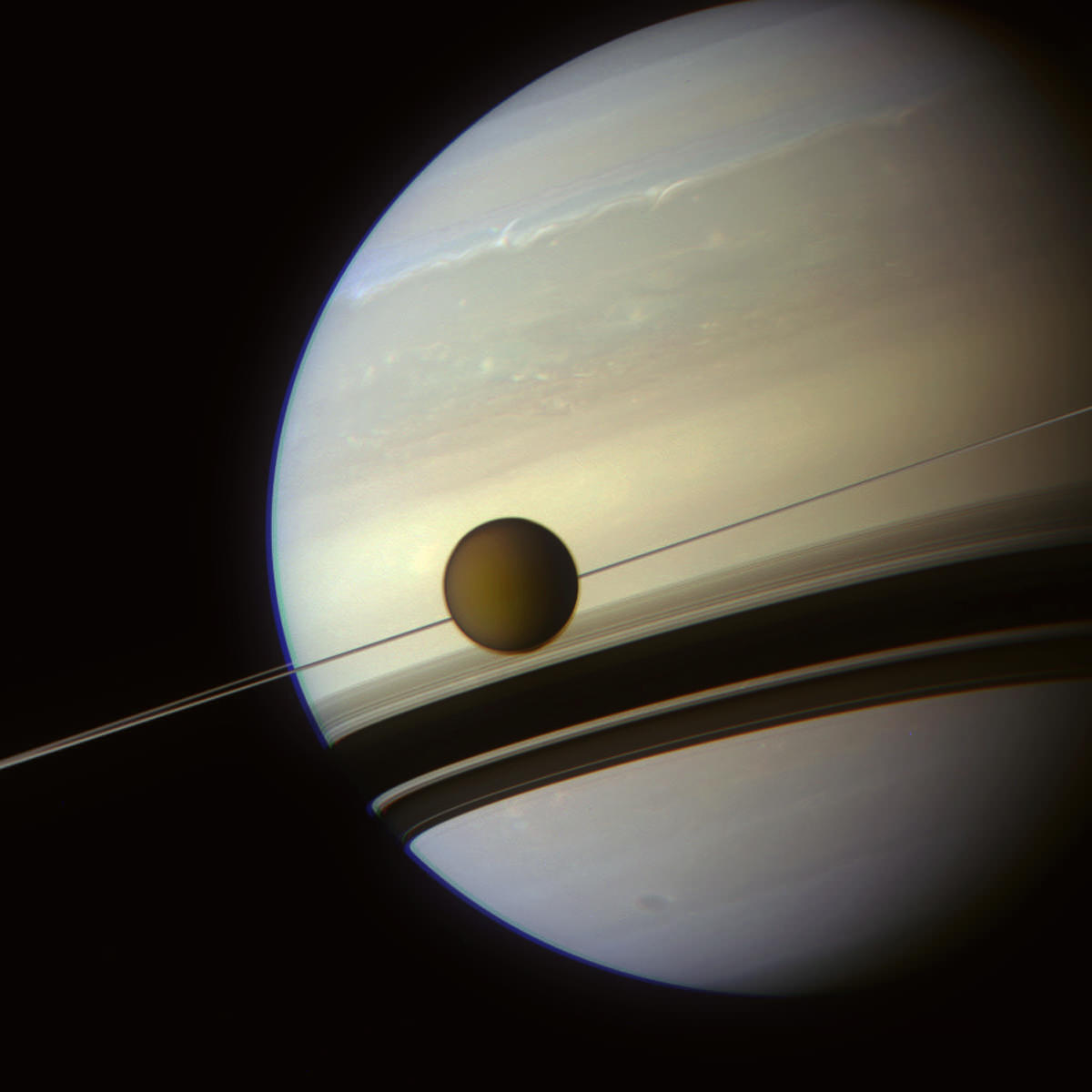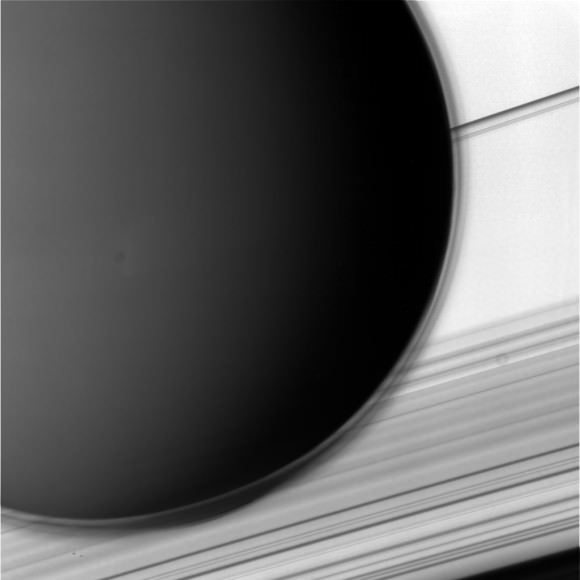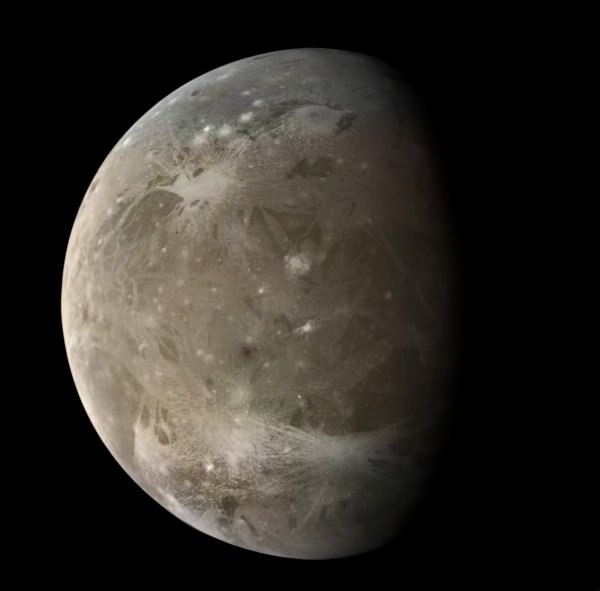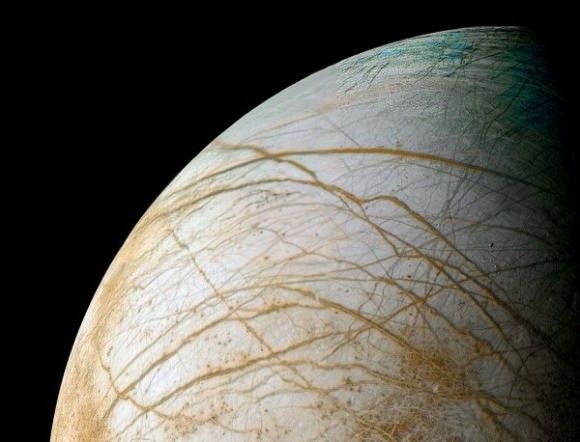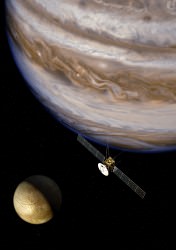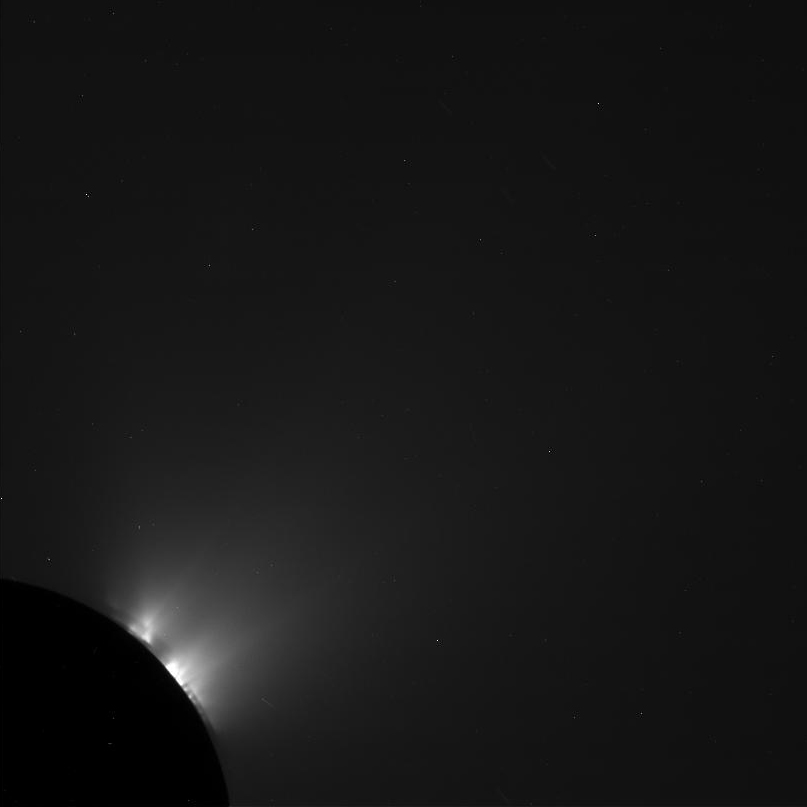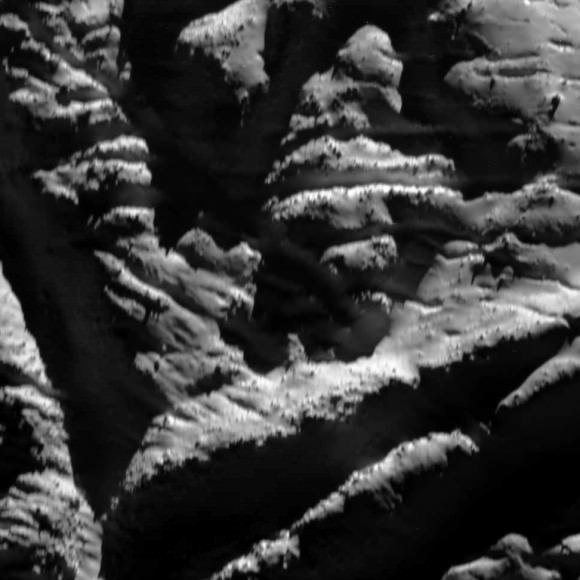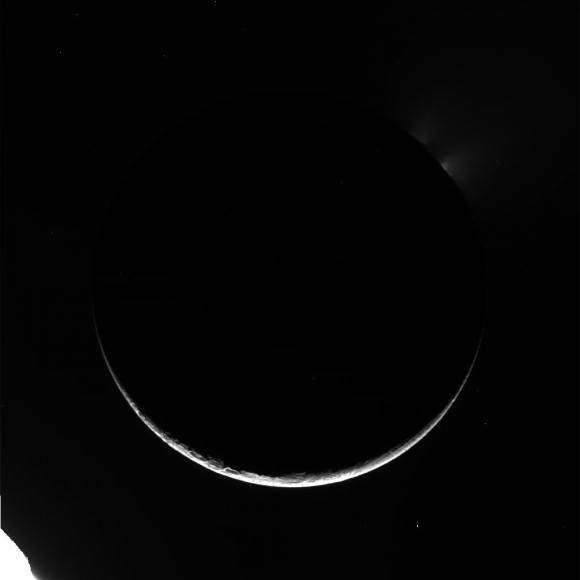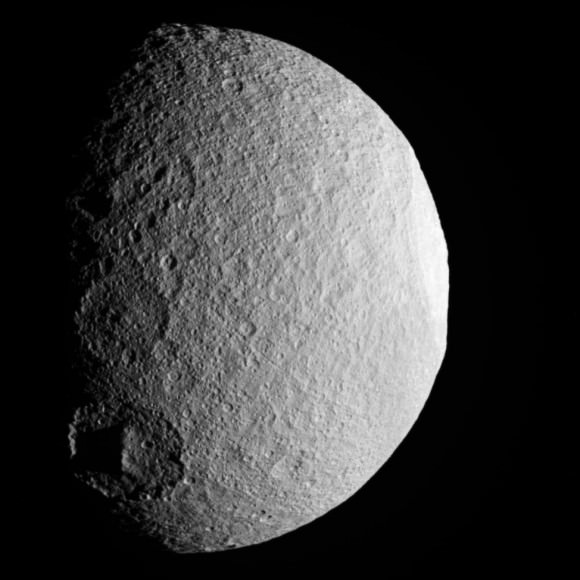The votes have been tallied and the results are in from the SETI Institute’s Pluto Rocks Poll: “Vulcan” and “Cerberus” have come out on top for names for Pluto’s most recently-discovered moons, P4 and P5.
After 450,324 votes cast over the past two weeks, Vulcan is the clear winner with a landslide 174,062 votes… due in no small part to a little Twitter intervention by Mr. William Shatner, I’m sure.
In other words… yes, the Trekkies have won.
 During a Google+ Hangout today, SETI Institute senior scientist Mark Showalter — who discovered the moons and opened up the poll — talked with SETI astronomer Franck Marchis and MSNBC’s Alan Boyle about the voting results. Showalter admitted that he wasn’t quite sure how well the whole internet poll thing would work out, but he’s pleased with the results.
During a Google+ Hangout today, SETI Institute senior scientist Mark Showalter — who discovered the moons and opened up the poll — talked with SETI astronomer Franck Marchis and MSNBC’s Alan Boyle about the voting results. Showalter admitted that he wasn’t quite sure how well the whole internet poll thing would work out, but he’s pleased with the results.
“I had no idea what to expect,” said Showalter. “As we all know the internet can be an unruly place… but by and large this process has gone very smoothly. I feel the results are fair.”
As far as having a name from the Star Trek universe be used for an actual astronomical object?
“Vulcan works,” Showalter said. “He’s got a family tie to the whole story. Pluto and Zeus were brothers, and Vulcan is a son of Pluto.”
And what can you say when even Mr. Spock agrees?
The other winning name, Cerberus, is currently used for an asteroid. So because the IAU typically tries to avoid confusion with two objects sharing the same exact name, Showalter said he will use the Greek version of the spelling: Kerberos.
Cerberus (or Kerberos) is the name of the giant three-headed dog that guards the gates to the underworld in Greek mythology.
Now that the international public has spoken, the next step will be to submit these names to the International Astronomical Union for official approval, a process that could take 1–2 months.
(Although who knows… maybe Bill can help move that process along as well?)
Read more about the names on the Pluto Rocks ballot here, and watch the full recorded Google+ Hangout below:

